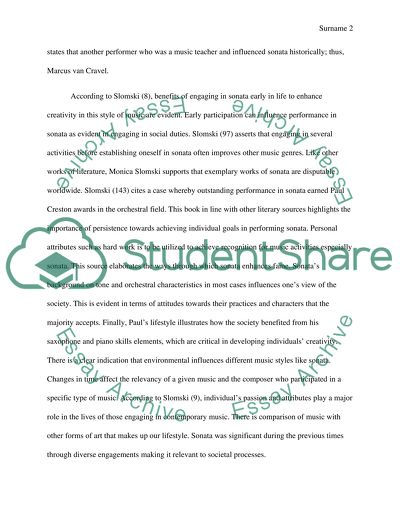Cite this document
(“Comparative Study of Different Bibliographical Sources for the Sonata Annotated Bibliography”, n.d.)
Comparative Study of Different Bibliographical Sources for the Sonata Annotated Bibliography. Retrieved from https://studentshare.org/music/1590218-comparative-study-of-different-bibliographical-sources-for-the-sonata-by-paul-creston
Comparative Study of Different Bibliographical Sources for the Sonata Annotated Bibliography. Retrieved from https://studentshare.org/music/1590218-comparative-study-of-different-bibliographical-sources-for-the-sonata-by-paul-creston
(Comparative Study of Different Bibliographical Sources for the Sonata Annotated Bibliography)
Comparative Study of Different Bibliographical Sources for the Sonata Annotated Bibliography. https://studentshare.org/music/1590218-comparative-study-of-different-bibliographical-sources-for-the-sonata-by-paul-creston.
Comparative Study of Different Bibliographical Sources for the Sonata Annotated Bibliography. https://studentshare.org/music/1590218-comparative-study-of-different-bibliographical-sources-for-the-sonata-by-paul-creston.
“Comparative Study of Different Bibliographical Sources for the Sonata Annotated Bibliography”, n.d. https://studentshare.org/music/1590218-comparative-study-of-different-bibliographical-sources-for-the-sonata-by-paul-creston.


